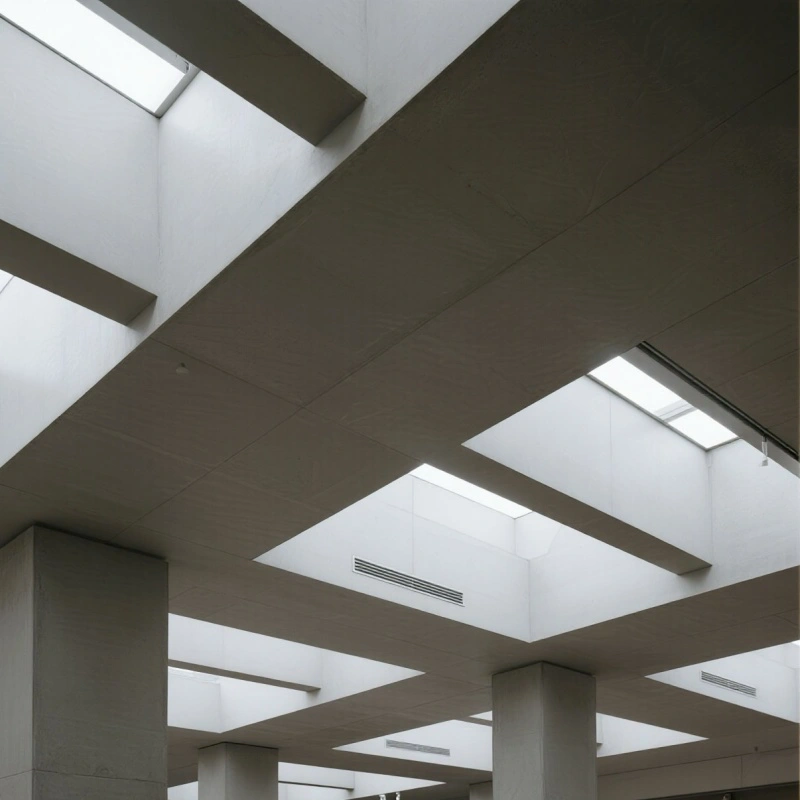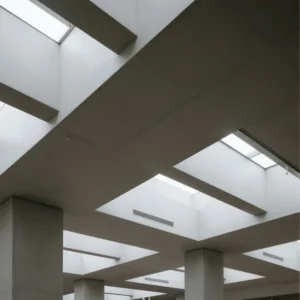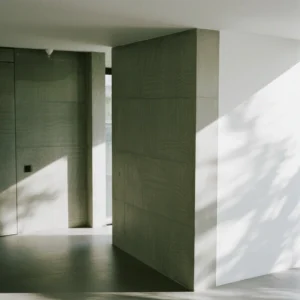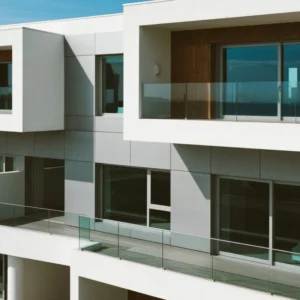Cement fiber boards offer excellent performance in flooring and ceiling systems, especially in environments requiring high strength and durability.
In flooring applications, 20mm thick cement fiber pressure boards serve as load-bearing ceiling materials, boasting super strong load-bearing capacity to easily handle daily loads. They feature zero deformation, no moisture regain, and no alkali return, ensuring long-lasting quality. Installation is simple and quick, significantly shortening the construction period and reducing labor costs. Moreover, they are made from environmentally friendly materials, adhering to the concept of green buildings from the source.
Cement fiber boards with a thickness of 12mm or more, such as a special type, have high strength and excellent wear resistance, making them very suitable as flooring for mobile homes and container houses. When the surface of fire-resistant boards is covered with HPL fire-resistant boards with various patterns, they are more suitable for interior wall decoration.
Fiber cement board ceiling systems are gaining increasing popularity in modern architecture. As a ceiling material, compared with ordinary cement boards, fiber cement boards are added with very tough fibers as reinforcing materials, making them more environmentally friendly, fire-resistant, insulating, cost-effective, and aesthetically pleasing, with no deformation or warping. Combined with keels, they effectively reduce construction costs and improve work efficiency.
The construction of cement fiber board ceilings requires strict adherence to process standards to ensure quality. For large rooms, the center of the ceiling should be arched, with the arch height being 1/200 to 1/300 of the short span of the room. Before installing cement fiber boards, various pipelines in the ceiling should be inspected and accepted, and the positions of lamp holes and keels should be checked to prevent lamp holes from overlapping with the positions of main and secondary keels.
The global fiber cement board market is expected to grow at a compound annual growth rate from 2025 to 2035. This growth is driven by the increasing demand for durable and sustainable building materials in various industries, especially in residential and commercial construction. With the acceleration of global urbanization and the upgrading of construction activities, fiber cement boards are favored for their weather resistance, fire resistance, insect resistance, and aesthetics. In addition, technological advancements have enhanced the performance of fiber cement boards, making them the first choice for architects and builders. The growing awareness of environmentally friendly building materials also plays an important role in driving market growth.




